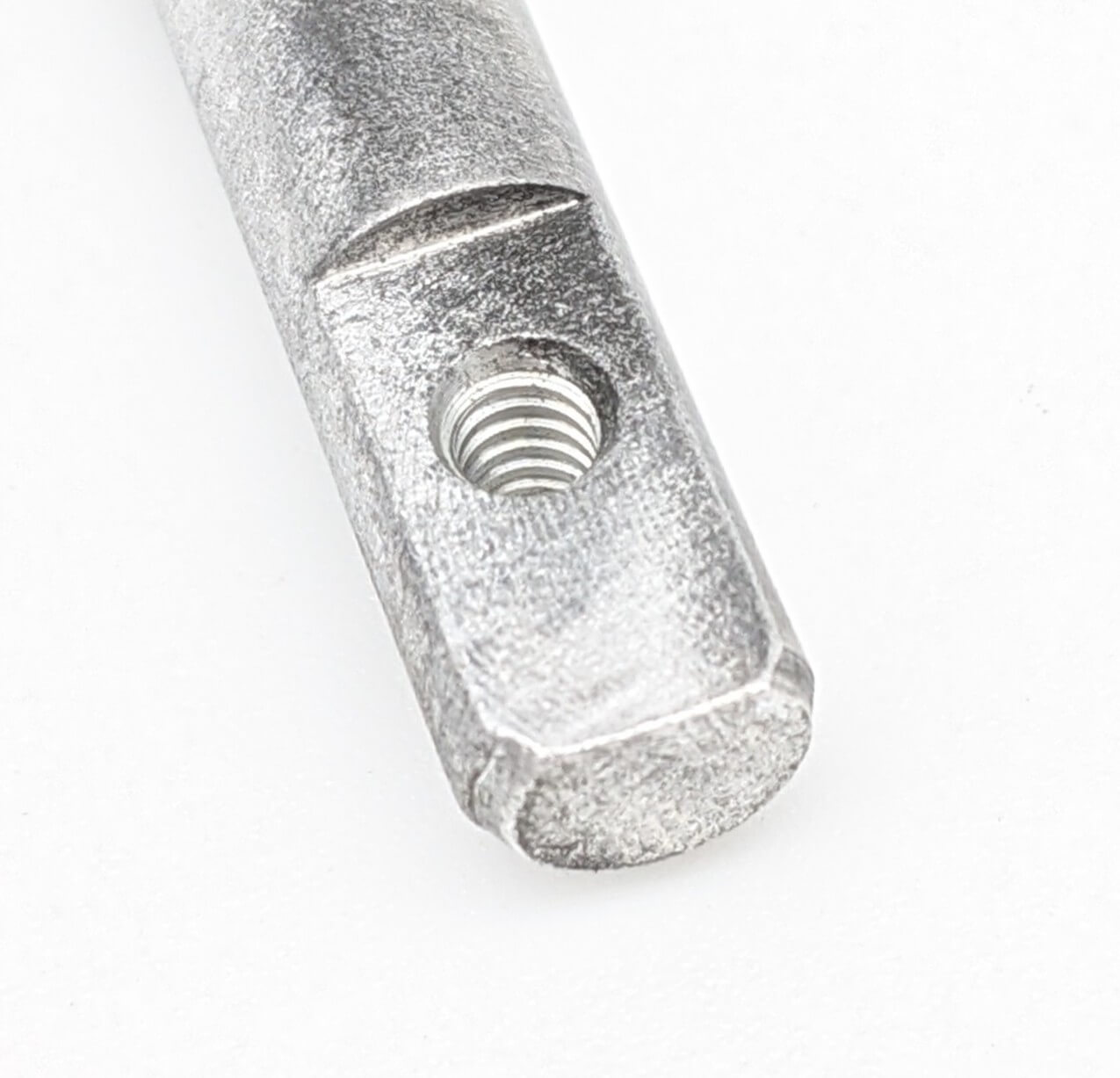Get unique, complex parts easily. No matter your requirements, Chaoyi Spring creates hard-to-produce coil springs and wire forms.
Let us help you create the custom wire form you need, from S-hooks and J-hooks to utility hooks and more.
We work closely with customers across a wide range of industries, helping them design and manufacture made-to-order parts.
Why choose Chaoyi Spring? We prioritize customer-focused collaboration, modern equipment and the latest technology to make your parts per print.
Find the information and guidance you need, from measuring a spring to learning about materials, placing an order and much more.
Springs are ubiquitous in our daily lives, from the simple act of opening a door to the intricate workings of a car engine. Their ability to store and release energy,


Springs are ubiquitous in our daily lives, from the simple act of opening a door to the intricate workings of a car engine. Their ability to store and release energy, thanks to their elastic properties, makes them indispensable in countless applications. But have you ever wondered about the maximum compression a spring can withstand before it permanently deforms or breaks? This article will delve into the fascinating world of spring compression, exploring the factors that determine this limit and offering practical insights to help you maximize the performance of your springs.

The maximum compression of a spring, often referred to as its 'spring limit,' is the point beyond which it can no longer return to its original shape. This limit is not a fixed value but is influenced by various factors. You see, a spring is designed to withstand a certain amount of stress before yielding, much like a rubber band. But just like that rubber band, if you stretch it too far, it'll lose its elasticity. Same goes for a spring!
The key factors that determine the maximum compression of a spring are:
In addition to these primary factors, other elements can affect the maximum compression of a spring. For instance, the presence of any imperfections in the spring, such as nicks or scratches, can weaken its structure and decrease its compression limit.
So, how do we find out the maximum compression of a spring? This is where things get a bit more technical. Engineers and designers often use a combination of theoretical calculations, empirical testing, and industry standards to determine the safe compression limits of a spring. These methods help ensure that the spring can withstand the intended forces without failing.
One way to assess the maximum compression is through the use of a 'stress-strain' curve. This curve represents the relationship between the applied force and the resulting deformation of the spring material. By analyzing this curve, we can determine the 'yield strength,' which is the point at which the material starts to permanently deform.
Additionally, manufacturers of springs often provide specifications that outline the maximum compression limits for their products. These specifications are based on extensive testing and analysis, ensuring that the springs meet industry standards and can withstand the intended stresses.
Understanding the factors that determine the maximum compression of a spring is essential for maximizing its performance and ensuring its longevity. Here are a few key considerations:
The maximum compression of a spring is a critical factor in its overall performance and reliability. By understanding the factors that influence this limit and following best practices for selection, design, and operation, we can ensure that our springs perform optimally and contribute to the smooth functioning of our devices and systems. So, the next time you encounter a spring, remember that its unassuming form holds within it the potential for immense power and efficiency. By appreciating its limits and harnessing its capabilities, we can unlock its full potential and marvel at its incredible functionality.
In conclusion, understanding the maximum compression of a spring is vital for ensuring its proper function and longevity. By considering factors such as material, wire diameter, geometry, and length, we can make informed choices about spring selection and usage. Remember, a well-designed and properly utilized spring can be a reliable and efficient component in countless applications. So, the next time you encounter a spring, take a moment to appreciate its inherent strength and the critical role it plays in our modern world.
Browse some of the custom wire forms and springs that we manufacture. Don’t see what you need? We specialize in made-to-order products that meet your application requirements.
Visit Our GalleryNeed a custom wire form or coil spring? We make it work. Fill out the contact form and a representative will respond within 1 business day. If you have a PDF or CAD file, you can submit to request a quote.